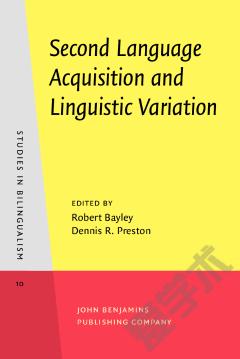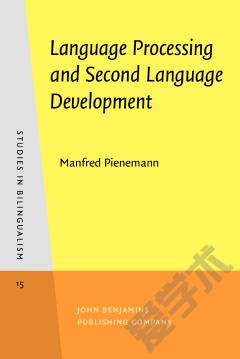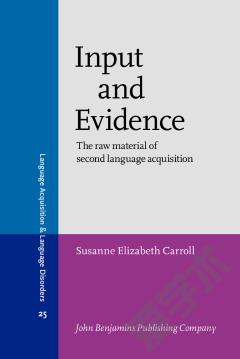Declarative and Procedural Determinants of Second Languages.
This volume is the outcome of the authorâs observations and puzzlement over seventeen years of teaching English and French as second languages, followed by 30 years of research into the neurolinguistic aspects of bilingualism. It examines, within the framework of a neurolinguistic theory of bilingualism (Paradis, 2004), the crucial and pervasive contributions made by declarative and procedural memory to the appropriation, representation and processing of a second language. This requires careful consideration of a number of concepts associated with issues pertaining to second language research: consciousness, interface, modularity, automaticity, proficiency, accuracy, fluency, intake, ultimate attainment, switching, implicit linguistic competence and explicit metalinguistic knowledge. It is informed by data from a variety of domains, including language pathology, neuroimaging, and, from each side of the fence, practical classroom experience. This book introduces four further proposals within the framework of a neurolinguistic theory of bilingualism: (1) There are two sets of cerebral representations, those that are capable of reaching consciousness and those that are not; implicit grammar is inherently not capable of reaching consciousness. (2) The increased activation observed in neuroimaging studies during the use of a second language is not devoted to the processing of implicit linguistic competence. (3) Intake is doubly implicit. (4) Given the premise that metalinguistic knowledge cannot be converted into implicit competence, there can be no possible interface between the two.
{{comment.content}}








 京公网安备 11010802027623号
京公网安备 11010802027623号